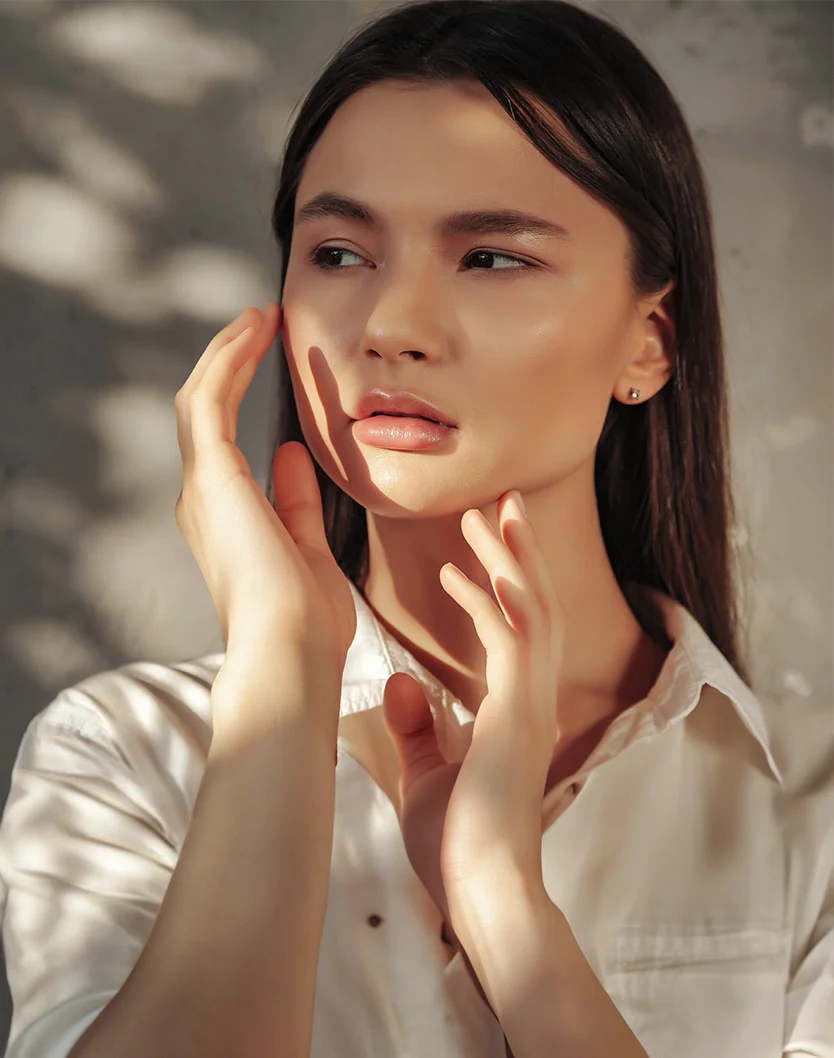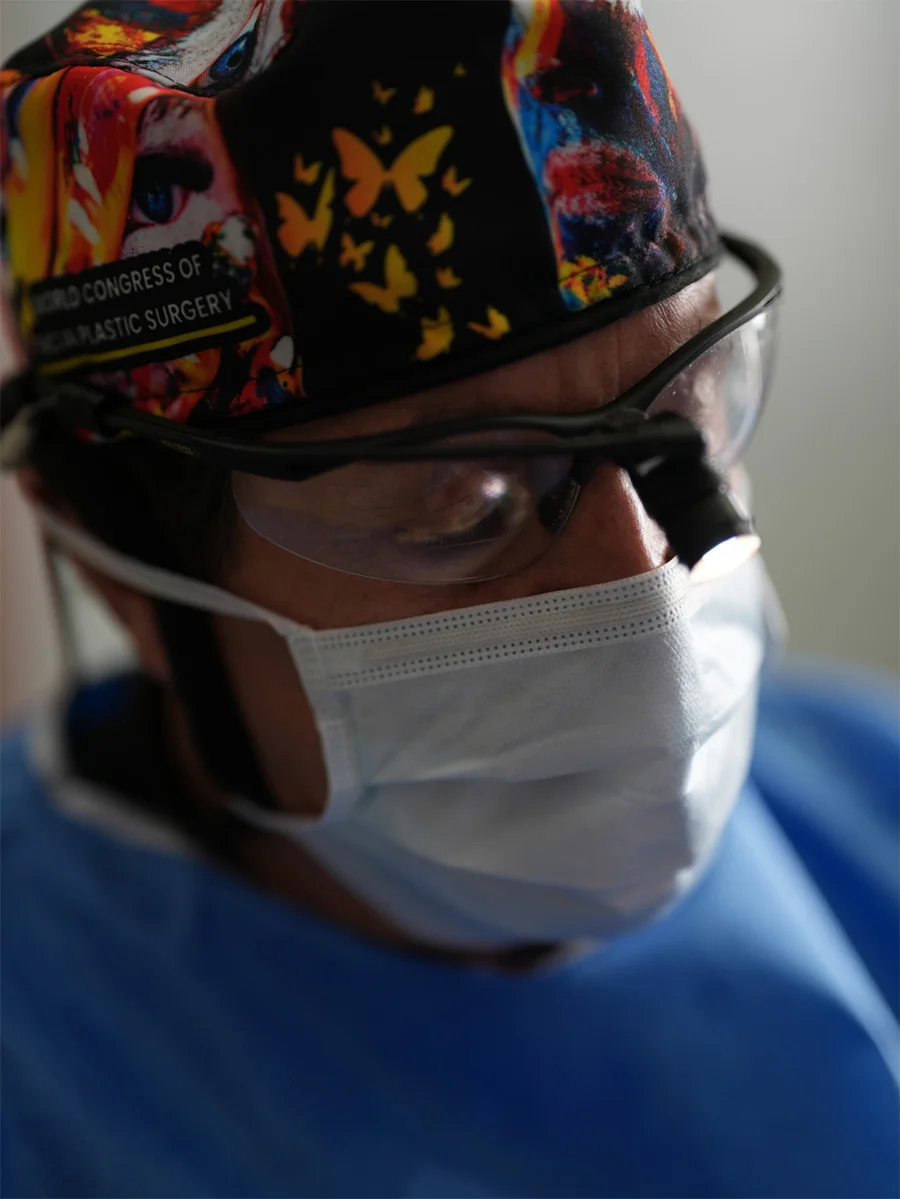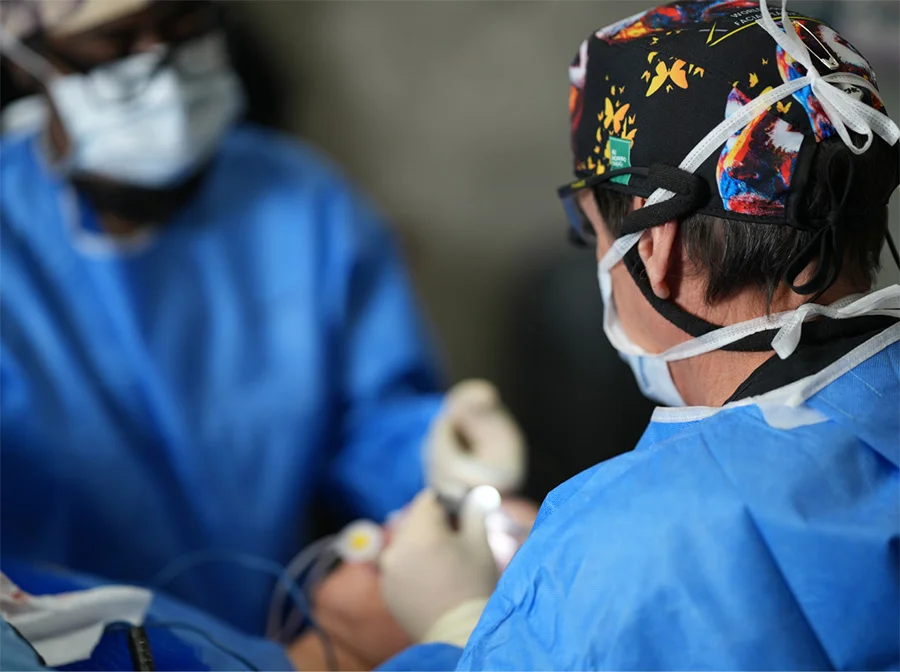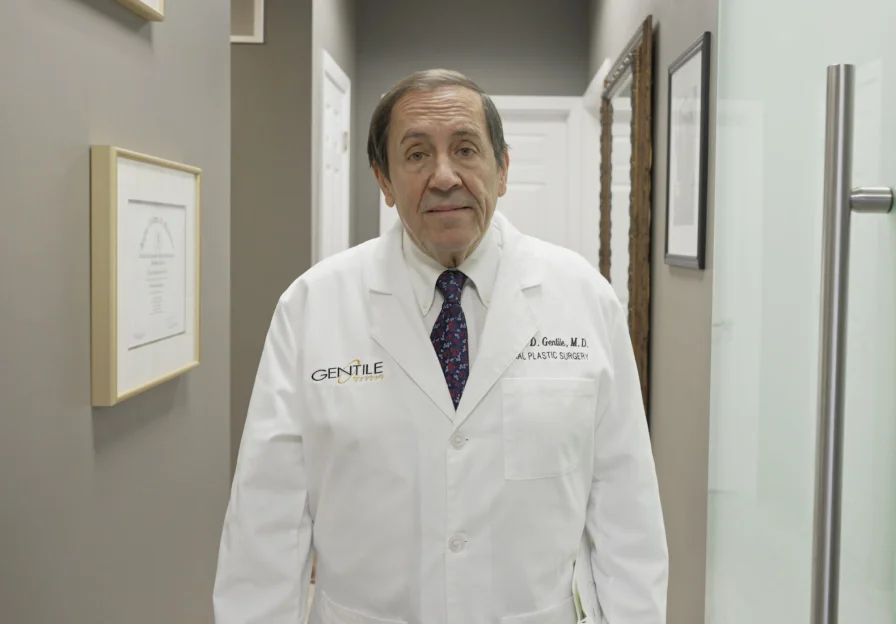Generally, the cost of prescription skin care in Cleveland, OH, ranges from $50 to $200 or more per product, depending on the strength and type of treatment (e.g., topical retinoids, hydroquinone, or specialized moisturizers). Some treatments may require regular refills, so ongoing costs should be considered.
A consultation at Gentile Plastic Surgery will provide more accurate pricing based on your individual skincare needs and the recommended regimen.




